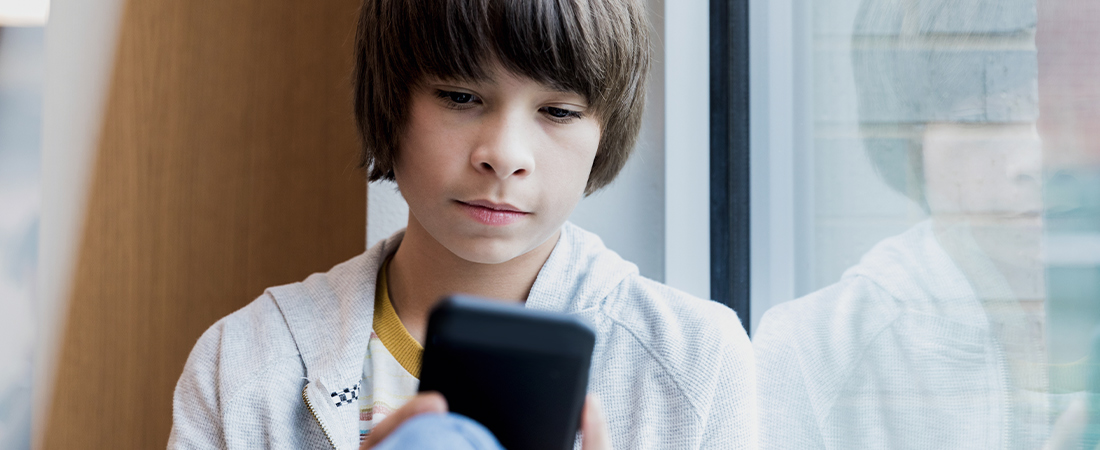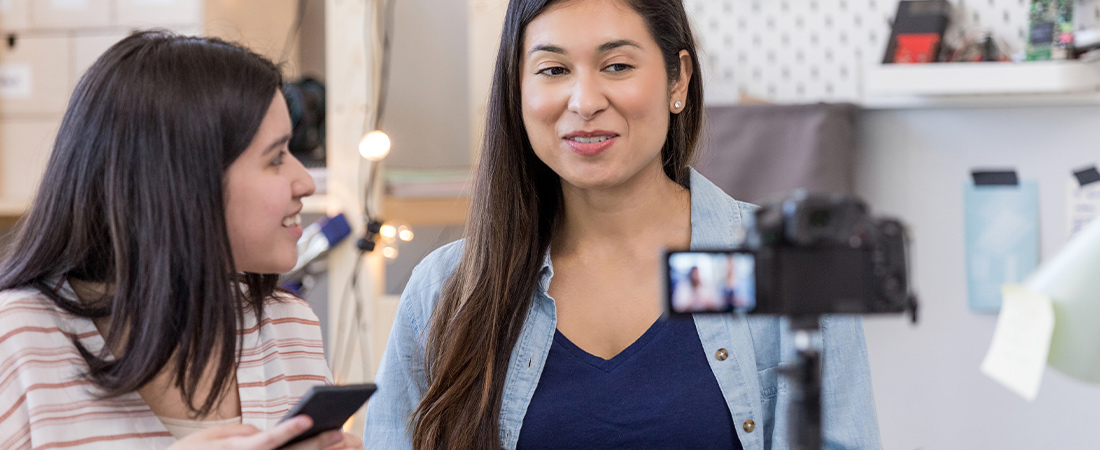Fighting Misinformation through Media Literacy
An upcoming webinar aims to help educators teach students how to identify and reject misinformation.

Tony Streit believes that when media is at its best, it can be a tool for connection, inspiration, and positive change. But as he looks at the media landscape now, he is troubled by what he sees.
“As an educator and a parent, I’m increasingly concerned about how we are preparing young people to navigate the media world,” Streit says.
One of Streit’s biggest concerns is the spread of misinformation on social media. Although sites such as Facebook and Instagram have enabled people to share news with friends and family members all over the world, they have also facilitated the viral spread of many conspiracy theories and misinformation alongside reality-based news items.
But parsing truth from deception takes effort. Streit says that many people just do not have the media literacy skills to know how to identify or respond to misinformation.
“It’s a struggle to know what to believe,” says Streit, who is the board president of the National Association for Media Literacy Education (NAMLE). “But many people aren’t checking sources of information. They are just consuming.”
In anticipation of Media Literacy Week, Streit wanted to address this challenge head on. So he organized a webinar to help educators better understand how they can help their students identify and reject misinformation.
“Avoiding Data and Science Misinformation in Today’s Messy Media Landscape” is co-sponsored by EDC, the National Science Teaching Association (NSTA), the National Council of Teachers of Mathematics (NCTM), and NAMLE, and will be held on Tuesday, October 27. The webinar is free and open to the public. It will feature a panel presentation and discussion about the impact that misinformation is having on young people. Panelists include Mia Moody-Ramirez, professor of journalism at Baylor University, and Tony Wan, managing editor at EdSurge.
Streit says that the webinar’s focus on science, mathematics, and data is intentional. Scientists begin with a question and then pursue evidence to either prove or disprove their theory. But they also know that knowledge is not fixed; sometimes a new experiment will cause old assumptions to be rethought.
This perspective that knowledge is always evolving—but rooted in fact—has important parallels to media literacy.
“If you apply critical thinking and curiosity to media literacy, it leads to more discovery, deeper understanding of issues, and ultimately more questions,” says Streit. “You can help students begin a journey to figure out what’s real.”
With misinformation complicating the U.S.’s response to the coronavirus pandemic, and the potential for misinformation to affect voting in the upcoming elections, media literacy is once again a hot topic. Streit is hopeful that the webinar will help all educators recognize that media literacy is their responsibility, regardless of the subject they teach. It’s not just about helping young people learn to distinguish fact from fiction—it’s about helping them learn to be informed citizens.
“For me, the value of the event is in showing that media literacy is something every educator should be mindful of, especially math and science teachers,” Streit says.





